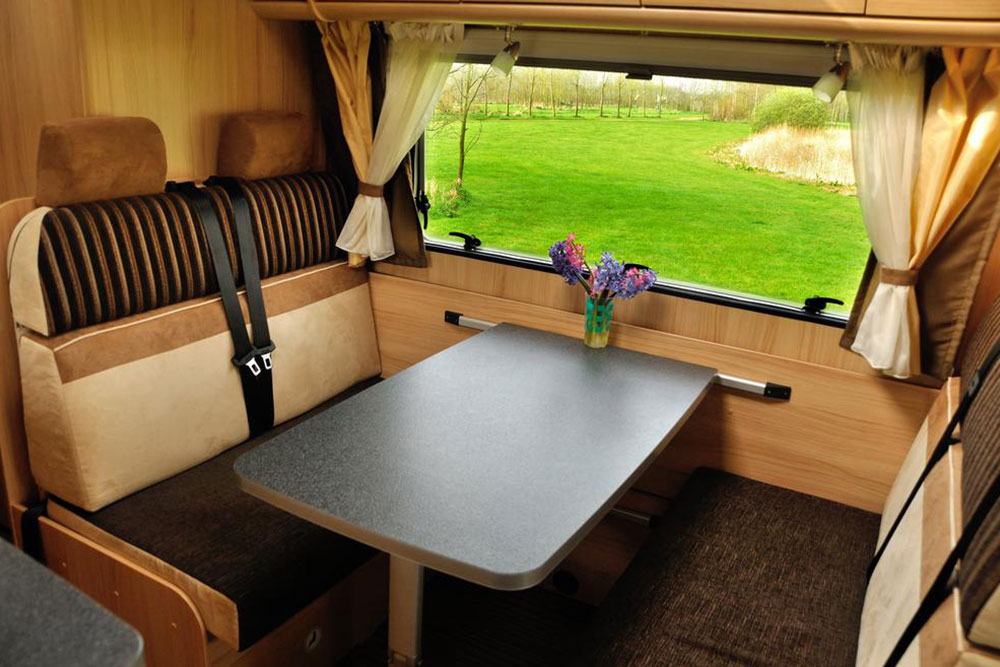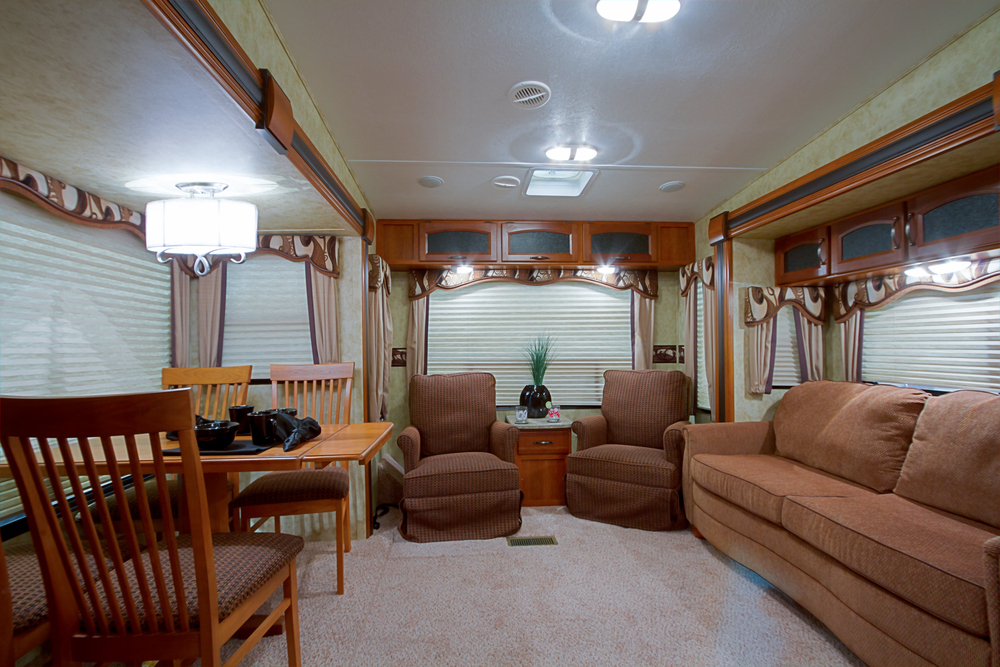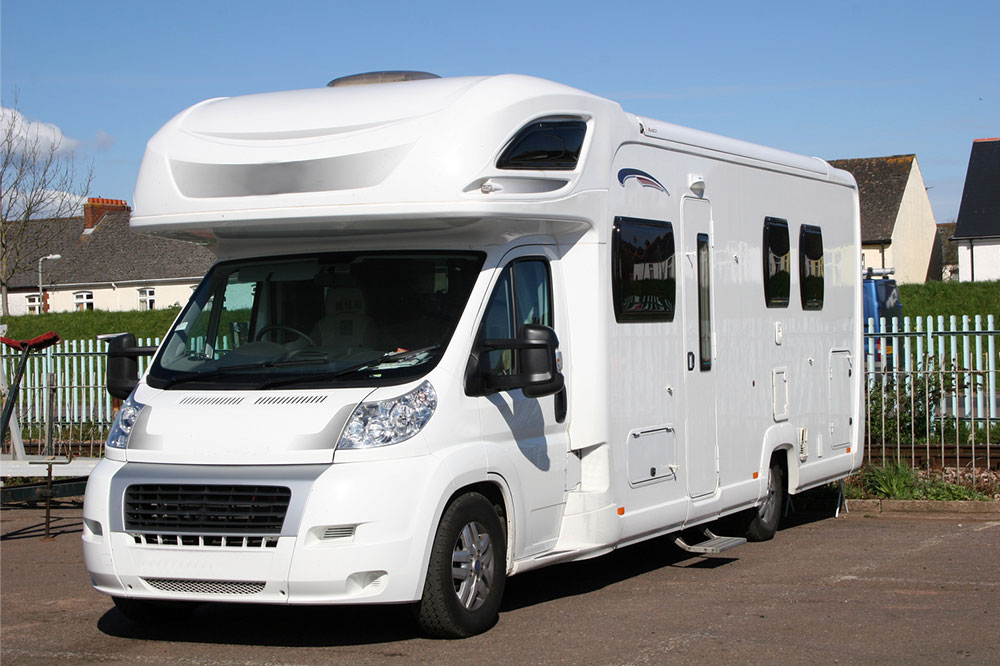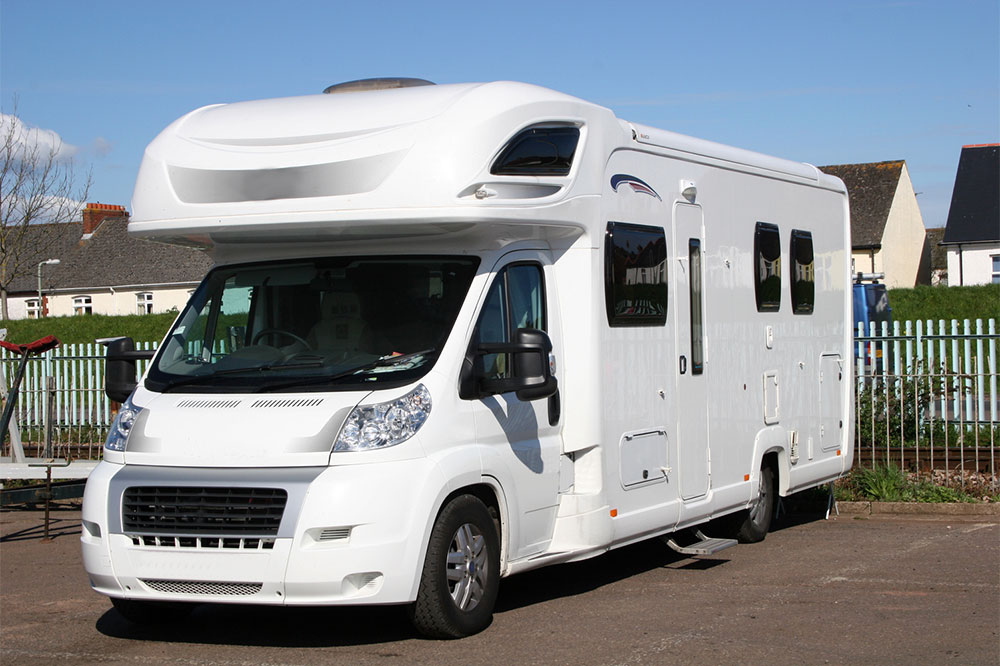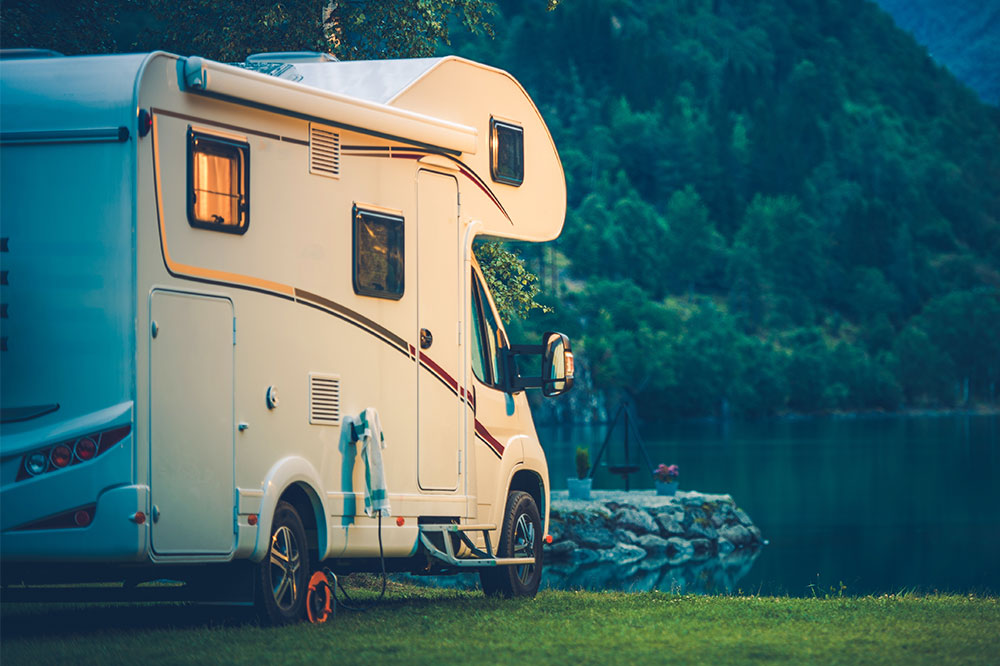Essential Strategies for Setting the Right Price on Your Used RV
Learn effective strategies to price your used RV accurately. This article guides you through assessing condition, market research, depreciation, upgrades, and negotiation tactics to ensure you set a competitive price. By following these tips, sellers can attract buyers, sell faster, and maximize value in a competitive market. Emphasizing honesty, research, and flexibility will streamline the selling process and lead to successful transactions.

Essential Strategies for Setting the Right Price on Your Used RV
1. Examine Your RV’s Condition
The overall state of your RV greatly influences its value. Conduct a thorough inspection—note wear, needed repairs, and cleanliness. Well-maintained, damage-free RVs can fetch higher prices.
Be transparent about your RV’s condition to build trust and avoid future disputes.
2. Analyze Similar Listings
Research current market prices by reviewing listings on RV Trader, Craigslist, and other online outlets. Focus on similar models' year, make, and condition to gauge market trends and set a competitive price.
3. Account for Depreciation
RVs decrease in value over time, typically losing about 20% in the first year and 10% annually after. Use depreciation calculators to determine your RV's current market value based on its age and condition.
Consider modifications like solar panels or upgraded appliances, which may add extra value. Document any upgrades when showcasing your RV to potential buyers.
4. Include & Value Upgrades
Upgrades can boost your RV's appeal, but not all investments pay off equally. Focus on high-impact enhancements such as new suspension, advanced appliances, or solar systems. Proper documentation enhances buyer confidence.
5. Evaluate Seasonal and Economic Factors
The demand for RVs varies with seasons and economy. Spring and summer tend to have higher sales, while economic downturns may reduce price expectations. Adapt your pricing to current market conditions.
Hire a professional appraiser if you want an unbiased valuation, ensuring your price aligns with market standards. An official appraisal can also boost buyer confidence and facilitate negotiations.
6. Obtain a Professional Appraisal
For precise valuation, consider consulting a certified appraiser. They provide an objective assessment considering your RV’s condition, upgrades, and current market trends, supporting your asking price and simplifying negotiations.
7. Price with Negotiation in Mind
Set your asking price slightly above your minimum expectation to leave room for negotiations. Avoid overpricing, which can deter buyers, or underpricing, which might undervalue your RV.
8. Highlight Special Features
Emphasize distinctive features like low mileage, one-owner history, or rare configurations in your ads with quality photos and detailed descriptions. Such features can make your RV stand out to potential buyers.
9. Consider Extra Expenses
Be transparent about costs like registration, inspections, or remaining loans, as these impact the final sale price. Clear communication helps prevent negotiation hurdles and misunderstandings.
10. Stay Flexible and Open to Offers
Be receptive to negotiations. While it’s good to have a target price, being approachable and willing to compromise can lead to quicker, successful sales. Initial offers may not be final, so use them as a foundation for discussions.
Summary
Good luck with your sale!

